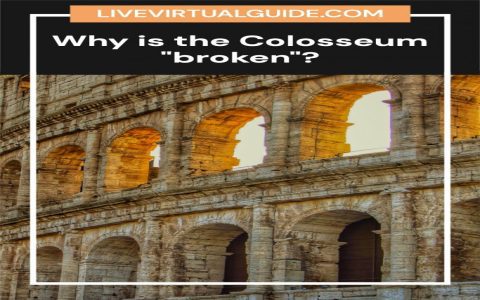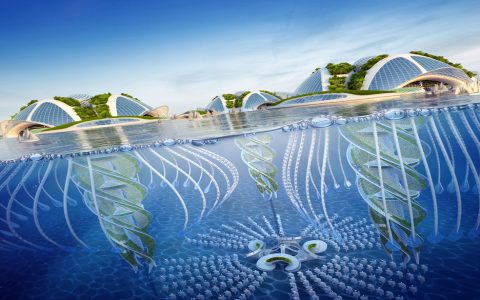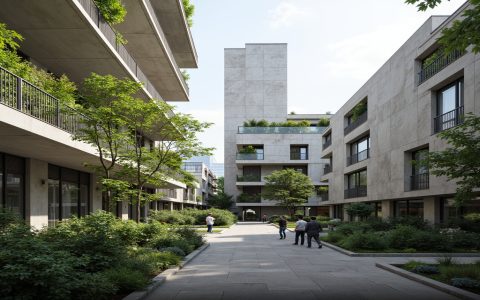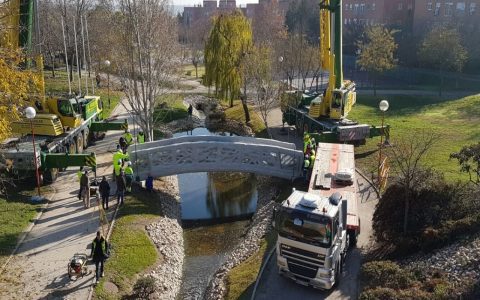Preserving ruined architecture represents a critical commitment to safeguarding our collective heritage, scientific understanding, and cultural continuity. The value transcends mere aesthetics, encompassing profound historical, cultural, and social dimensions.
Foundations of Collective Memory and Identity
Ruins serve as tangible anchors to the past, providing direct, often visceral, connections to human history and events that shaped civilizations. Preserving these sites prevents the erasure of significant narratives, whether triumphant or tragic, ensuring they remain accessible primary sources rather than fading into forgotten myth.
Crucibles of Research and Knowledge
Archaeological sites and ruins act as irreplaceable repositories of scientific data. Careful preservation and stabilization allow ongoing research using evolving techniques, revealing insights into ancient technologies, construction methods, urban planning, social structures, environmental changes, and past responses to natural disasters or conflict that remain relevant today.

Manifestations of Cultural Value and Continuity
Ruined structures frequently hold deep spiritual, symbolic, or community significance. They embody ancestral achievements, belief systems, and aesthetic values. Maintaining their physical presence, even partially, validates cultural memory and reinforces identity for descendant communities. It demonstrates respect for the continuity of human experience.
Economic Catalysts and Sustainable Tourism
Responsibly conserved ruins attract sustainable cultural tourism, driving vital revenue streams for local communities and national economies. This creates jobs for archaeologists, conservators, guides, and related sectors. Unlike reconstructions, authentic ruins offer a unique, evocative experience valued by visitors seeking genuine connection.
Symbols of Resilience and Reconciliation
Ruins resulting from conflict or disaster can become potent symbols of endurance and peace. Their deliberate preservation acknowledges suffering and loss while creating spaces for contemplation, memorialization, and fostering reconciliation. Examples include war ruins consciously integrated into rebuilt cities as reminders.
Environmental Stewardship
Preservation avoids the significant environmental cost of demolition and reconstruction. Stabilizing ruins minimizes resource consumption associated with new builds and reduces waste. Furthermore, integrating ruins into green spaces promotes urban biodiversity and creates unique public areas.
- Historical Evidence: Primary source material for direct historical research.
- Cultural Narrative: Preserves authentic stories and cultural identity links.
- Educational Power: Offers unparalleled experiential learning opportunities.
- Urban Character: Creates distinctiveness and fosters place attachment.
- Community Value: Can become focal points for civic pride and engagement (e.g., Friends groups).
- Conflict Memorialization: Acts as lasting witness and promotes understanding (e.g., preservation of war ruins in Belfast).
Therefore, preserving ruined architecture is not nostalgia, but a strategic investment in understanding human ingenuity and vulnerability, fostering cultural richness, driving sustainable economies, and transmitting invaluable lessons from the past to future generations. Stabilizing and maintaining these fragile links to history demands expertise and resources, yielding multifaceted returns for global heritage and societal wellbeing.








